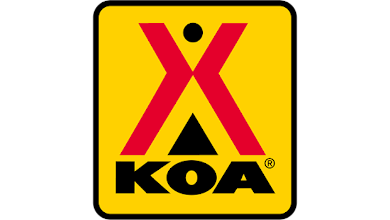The Daily Upside: The Ups & Downs of Camper Economics
The following is a report from The Daily Upside.
Gross domestic product. Inflation. Treasury bill rates. Consumer spending. Household accounts. Money supply. The CBOE Volatility Index. The Big Mac Index. Vibes.
There are so many ways to measure the economy.
But, in these final weeks of summer, it would be wrong not to embrace the warm weather, the chlorophyll-flush vegetation, and the sunsets after 5 p.m. in order to look to that all-important indicator: RVs.
In addition to offering a way of life for road tripping retirees and mobile headquarters for families who prefer holidaying at Yellowstone over seeing billboards for the eponymous TV series in Times Square, recreational vehicle sales are a pretty good indicator of the economy, and offer a unique view into how one industry that was turbocharged during the pandemic is trying to reset its long-term stability.
Also, as about 70% of US public school students were back in class this time last year, according to Pew data, it’s a reminder to the 30% of families out there that there’s still time for one last escape before the kids are back to preparing book reports on Lois Lowry and John Steinbeck.
“RVs do extraordinarily well in predicting business cycles because they’re such a big, volatile consumption piece for most American consumers,” economist Michael Hicks of Ball State University told American Public Media’s Marketplace earlier this year.
With new towable trailers costing anywhere from $20,000 to $100,000 and motorhomes $50,000 to well into the hundreds of thousands, RVs are big purchases, meaning sales are sensitive to economic headwinds and consumers’ perceptions of the economy — a so-called vibecession would do sales no favors.
They’re also overwhelmingly debt-backed. Jon Ferrando, the CEO of Fort Lauderdale-based Blue Compass RV, which owns 103 RV dealerships in 33 states, told Reuters last year that 80% of customers finance their purchases. That makes the industry especially sensitive to interest rates.
RVs also simply represent a lot of people. There are 11.2 million RV-owning US households as of 2021, a 62% increase in the past 20 years, according to the National RV Dealers Association. More than a fifth of the market, according to the Association, is now made up of 18- to 34-year-olds.
Meanwhile, there remains a large, outdoorsy consumer base to be won over: 92 million American households identified as campers in 2022, according to a survey by Kampgrounds of America, up from 79 million in 2019.
Read the full report from Sean Craig at The Daily Upside here.


